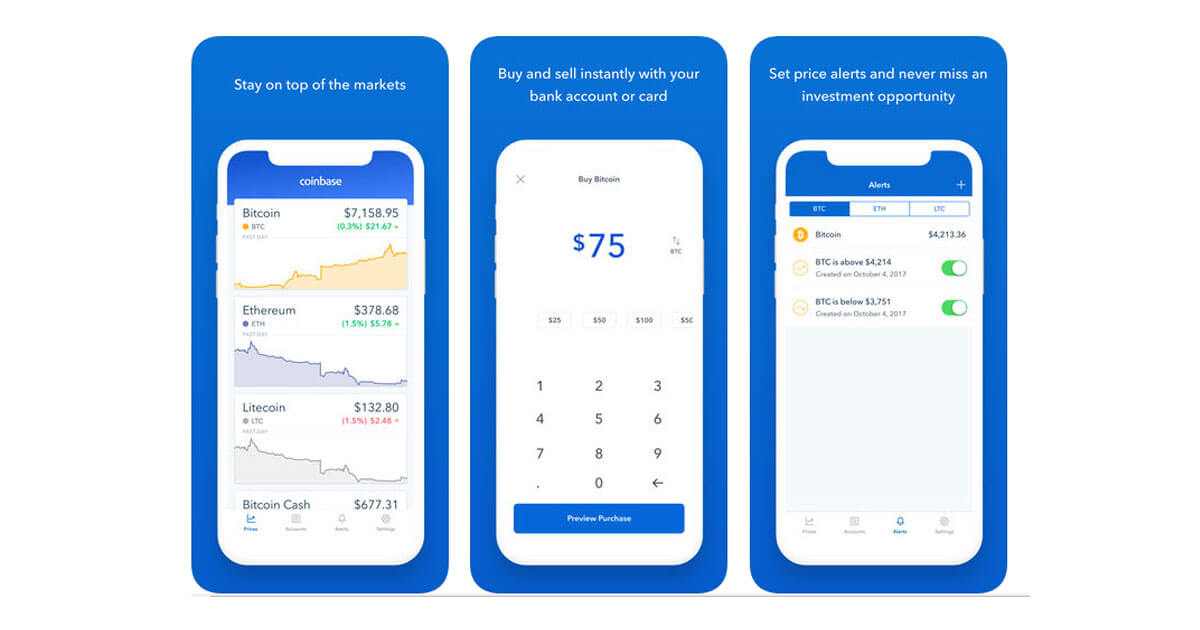

Rather than having customers stake the tokens, Coinbase stakes coins itself using funds from its custody business. “Initially said it would have serious concerns about this,” says Brian Brooks, Coinbase’s chief legal officer.īrooks says the SEC became comfortable with the arrangement because of the unique structure of the Tezos staking process. To some, that has all the hallmarks of an investment relationship. Staking puts both the incentives and the voting rights in the hands of token holders, not miners. In exchange for their services, the miners are rewarded with bitcoin and can also vote on proposed changes to the protocol. Bitcoin doesn’t use staking to keep its network secure it has a system called proof-of-work, in which a network of computers, known as miners, race to solve cryptographic problems.

(The SEC did not respond to a request for comment.) Coinbase says it’s confident the Tezos token is in the SEC’s good graces. Last week, in an interview at San Francisco Blockchain Week, Hester Peirce, an SEC commissioner known for her cryptocurrency enthusiasm, noted her colleagues should be looking at the “structure of the product” instead of the underlying assets. Some coins have gotten a pass based on a variety of reasons, but "there is no bright line," she adds. The SEC has made clear that people should assume tokens used to raise money are securities, says Joshua Klayman, an attorney who specializes in blockchain and digital assets at Linklaters. (A Tezos developer group reached out to clarify the platform had a test network live at the time.) The ship eventually righted itself, but regulatory questions have dogged it and other projects. After raising $232 million by selling a token without a network in place, the project descended into chaos over a management dispute. Even in the context of the volatile cryptocurrency world, Tezos had a rough start.


 0 kommentar(er)
0 kommentar(er)
